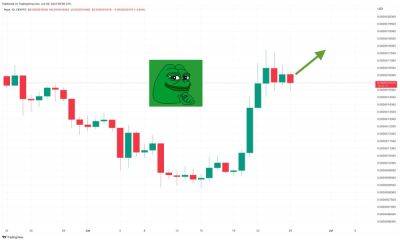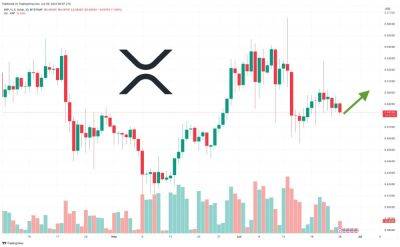Brexit, the environment, energy bills … it’s hard to tell Labour and Tory policies apart
B ack in the 1950s, a term was coined to describe the consensus that had allegedly emerged over the way to run the economy in the postwar world. An amalgam of the names of two chancellors of the exchequer – Rab Butler for the Tories and Hugh Gaitskell for Labour – it became known as Butskellism.
Dispute has raged ever since over whether there was any such thing, yet while it is true that the two main parties had their differences – often serious ones – on certain broad principles they did agree: a mixed economy, the permanence of the welfare state and the need to maintain full employment.
After a fashion, Butskellism lasted until the 1970s, with the governments of Ted Heath and Harold Wilson struggling to keep the postwar show on the road. Its demise was only sealed by a combination of stagflation and the arrival of Margaret Thatcher.
Whisper it softly, but Butskellism has returned. While there are still areas where the Conservatives and Labour disagree, these tend to be managerial and technical rather than ideological. On the big issues not much separates them, with both parties shifting towards the centre in recent years. For want of a better word, let’s call it Reevuntism in honour of the shadow chancellor, Rachel Reeves, and the man she wants to replace at the Treasury, Jeremy Hunt (the Economist has gone for Mr Heeves).
One obvious example of Reevuntism is the cross-party consensus over Brexit. Hunt and Reeves were both remainers in the 2016 referendum campaign; both now insist that Brexit can and will be a success. Neither party wants a second referendum, or even a renegotiation that would involve going back into the single market. Rishi Sunak and Keir Starmer are both keen to remove some of the trade friction between
Read more on theguardian.com
 theguardian.com
theguardian.com
















